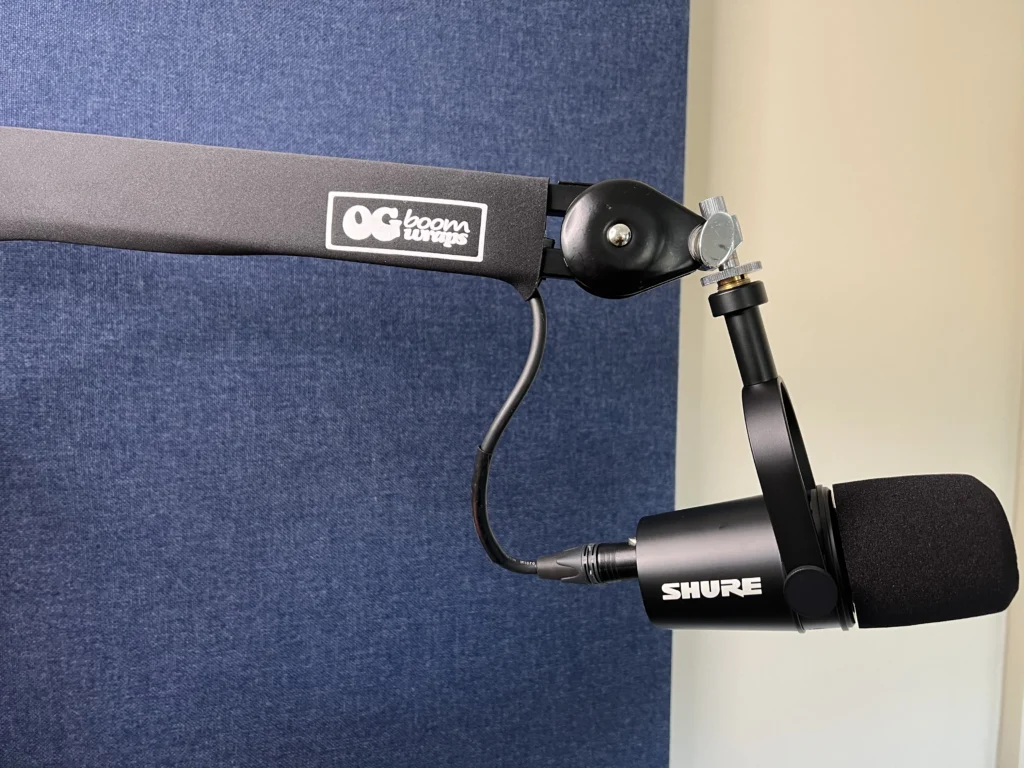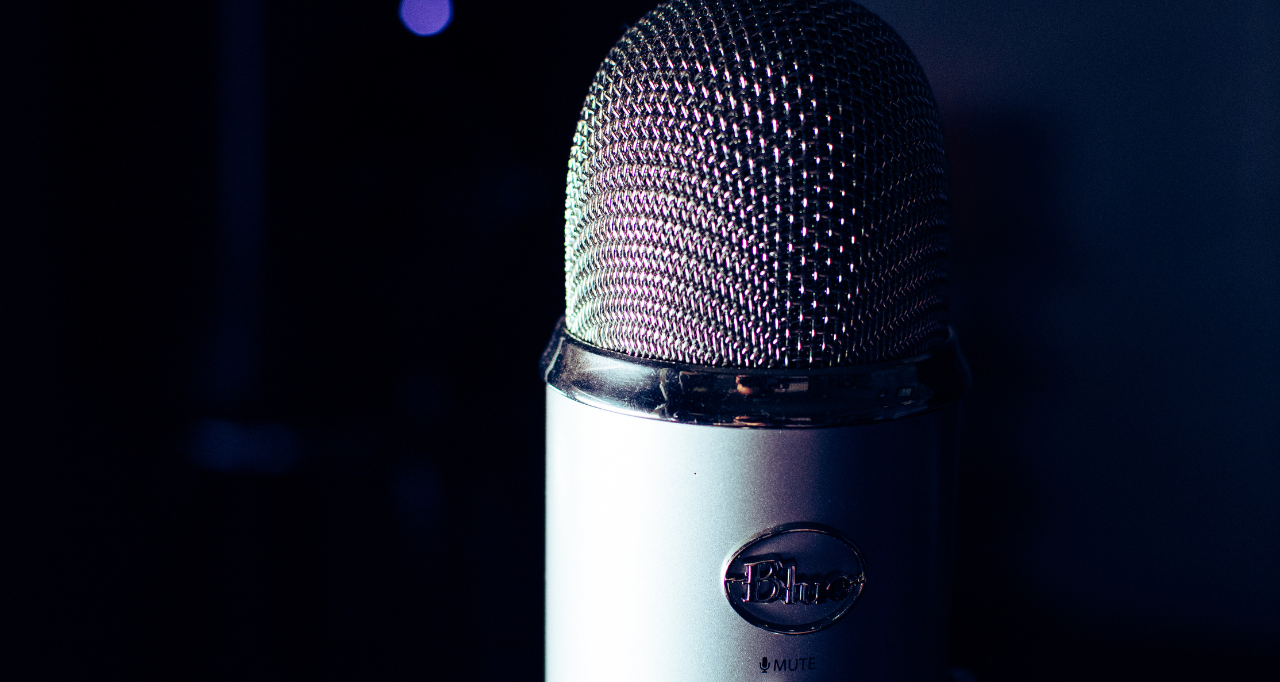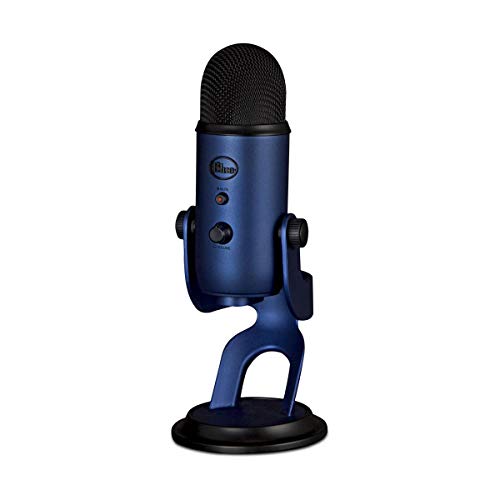You’re new to podcasting and you saw your favorite influencer using a Blue Yeti microphone. You thought, “Wow! That microphone looks rad!“
It happens all the time, and don’t blame you.
Blue Yeti microphones look really cool.
They’ve got this vintage looking feel, wrapped with muted colors and come in cool shapes and sizes.
Honestly, Blue crushes the marketing game.
In fact, for a while I kept getting a Blue Yeti advertisement that would pop up on my Facebook.
This ad has a picture of a beautiful, seemingly successful girl, using a Blue Yeti.
Genius, right?
Logitech Acquires Blue Microphones
Blue Microphones is now owned by Logitech.
While the iconic Blue branding is fading, the technology behind products like the Yeti, Yeti Pro, and Snowball is still available, now under the Logitech G brand.
So, if you’re buying a new Yeti, it might look a little different, but it’s still the same under the hood.
The Blue Yeti Is Poorly Designed
Don’t get me wrong, It’s not a bad mic, per se, it’s just that it’s a troublesome microphone, because most folks don’t set it up and use it correctly.
If you’re currently using a Blue Yeti microphone for podcast recording and you actually care about sound quality, please unplug it, walk outside, and throw it in a dumpster.
Just kidding.
You should probably donate it to your local Goodwill, School, or slang it on eBay to some sucker who’s new to podcasting.
Again, it’s not so much that it’s a bad microphone – it’s decent for the price point. Simply put, the Blue Yeti microphone is poorly designed and thus, not intuitive.
So, new podcasters often set the mic up incorrectly and get a terrible sound from it.
Then they ask me to improve their audio in post.
But as the saying goes: “shit in, shit out.”
Why I Don’t Recommend a Blue Yeti Microphone
It’s a Condenser Microphone
The Blue Yeti is a condenser microphone so it picks up a ton of room noise.
You want to be using a dynamic microphone for podcast recording. If you’re not recording in an acoustically treated space you’ll get a ton of reverb and ambient noise in your audio when using a condenser microphone.
If you want to learn why condenser microphones pick up ambient noise and why I don’t recommend them for podcasting, check out my article on how microphones work.
Couple the whole condenser thing with the fact that it’s hard to get your mouth close to this microphones capsule and you’ve got yourself some boomy, tinny sounding audio.
Bad audio is unacceptable in 2024!
The Yeti’s Polar Pattern Knob Can Confuse Newbies
The Blue Yeti has a knob on it that allows you to change the polar pattern of the microphone.
Cool concept?
Kind of, but you’d honestly never use the different polar patterns when recording podcasts. You’d set it and forget it. It’s a waste of space to have it on mic.
A microphone’s polar pattern refers to how it captures sound from different directions.
The Blue Yeti offers four polar pattern options: cardioid, stereo, omnidirectional, and bidirectional.
For podcasting, you’ll want to use the cardioid setting, which captures sound directly in front of the mic.
However, this knob can be confusing for those new to audio. From some of the Blue Yeti recordings I’ve edited, it seems like many podcasters accidentally use every setting except cardioid.
Sometimes, I even wonder if they were trying to make the audio sound bad, given how poor the quality can be.
Poor Mic Stand and Mounting Design
Blue Yeti mics are difficult to mount onto mic stands.
They’re designed with a built-in tabletop stand. Most folks just plop the mic down on their desk a couple of feet away from them while angling the mic capsule toward their mouth.
What happens next?
They hit record and their vocal sounds tinny and faint.
Why?
Because you’re supposed to have your mouth a few inches from the capsule. When the Yeti is plopped down a few feet away on that egregious built in stand, it’s nearly impossible to get it close to your mouth.
Thus, you end up with quiet audio that sounds like you are far from the mic.
Tips for Blue Yeti Microphone Users
If you insist on joining the Blue Yeti microphone cult, here are several tips that will help you achieve better audio quality.
Get Closer to the Microphone
Yank your desk into your belly and prop the mic up on some books to shorten the distance from the mic to your mouth. You’ve gotta get close to this mic to sound decent.
If your recording setup makes it almost impossible to get that close, you may need to invest in the boom arm that Blue makes.
Boom arms are great because you can attach them to your desk, and swivel them up toward your face.
The Rode PSA 1 Boom Arm is perfect for this.
I recommend boom arms for all podcasters regardless of what mic they’re using.
But, before you pull the trigger and purchase the boom arm, make sure it fits the make and model of your Yeti.
Speak Into the Correct Side of the Mic Capsule
Make sure you’re speaking into the correct side of the Yeti mic capsule.
This may seem simple, but I’ve seen people speak into the back of the microphone.
I’ve also seen people point the microphone directly at them, horizontally, like they were about to take a torpedo to the face.
Plug Headphones Into The Blue Yeti When Recording
There’s a headphone jack built into the Yeti. If you insist on recording with this mic make sure you plug your headphones in and listen to how you sound, as well as how the room sounds.
That way you’ll know if you’re using the wrong polar pattern or if the microphone is too far away.
Headphones allow you to monitor yourself and make adjustments to improve your audio.
If you can’t hear how you sound you don’t know what you’re recording.
Can barely hear yourself? Get closer and/or up the gain.
Hearing some buzz and distortion? Lower the gain.
It’s NUTS to just throw up the mic and begin recording, you’ve got to put on headphones so that you can establish how you sound.
You’ve got to establish a baseline for what sounds “good.”
Better Alternatives to the Blue Yeti
If you’re serious about your podcast sound and ready to move on from the Blue Yeti, here are some dynamic microphone options at a similar price point that deliver better results:
Audio-Technica ATR2100x-USB:
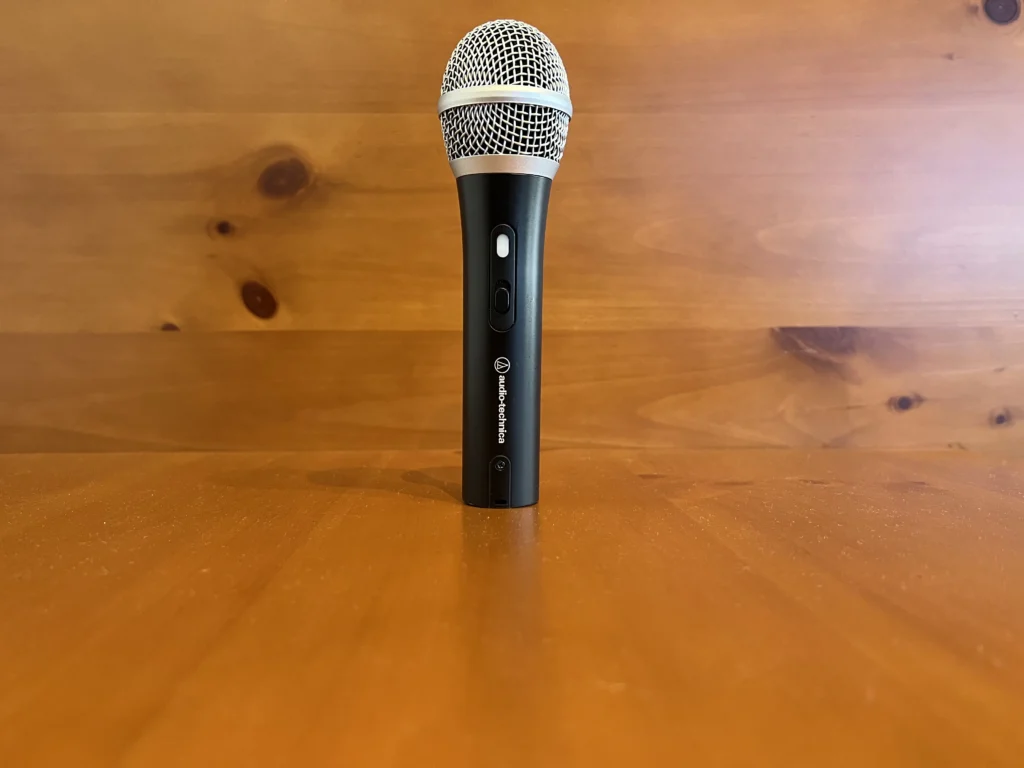
A versatile, dynamic mic with both USB and XLR outputs. It offers clearer sound with less background noise than the Yeti, making it great for home setups.
Samson Q2U:
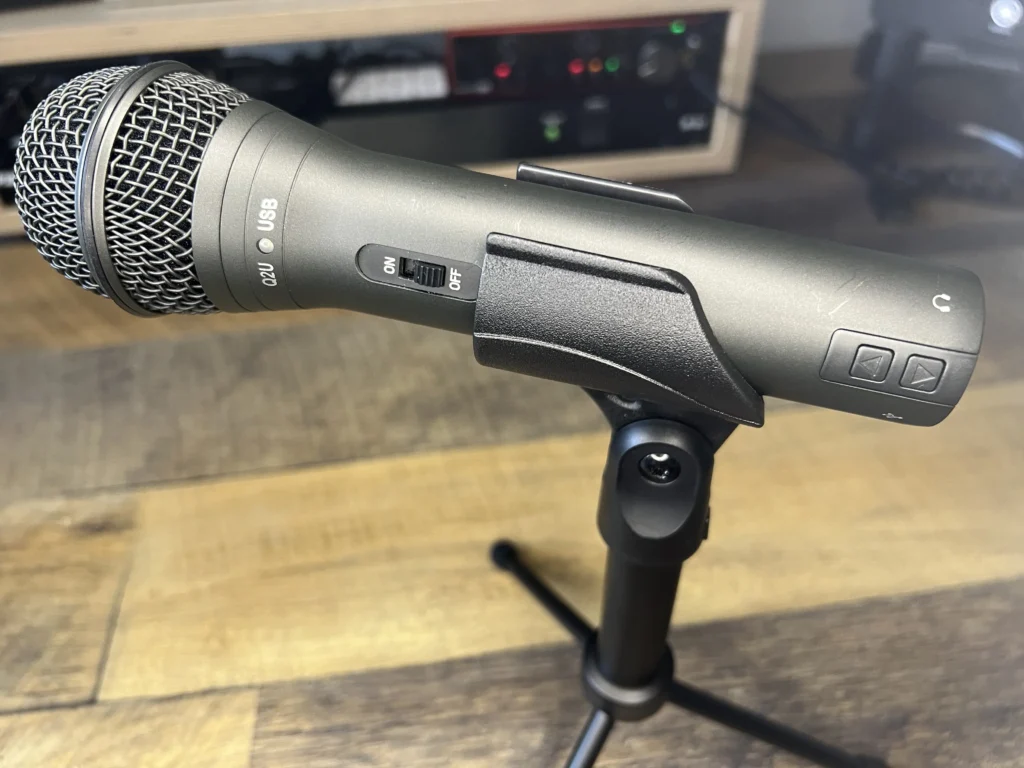
Another USB/XLR dynamic mic that’s easy to use and perfect for beginners. It’s more forgiving of untreated spaces, delivering solid audio quality without breaking the bank.
Shure MV7:
